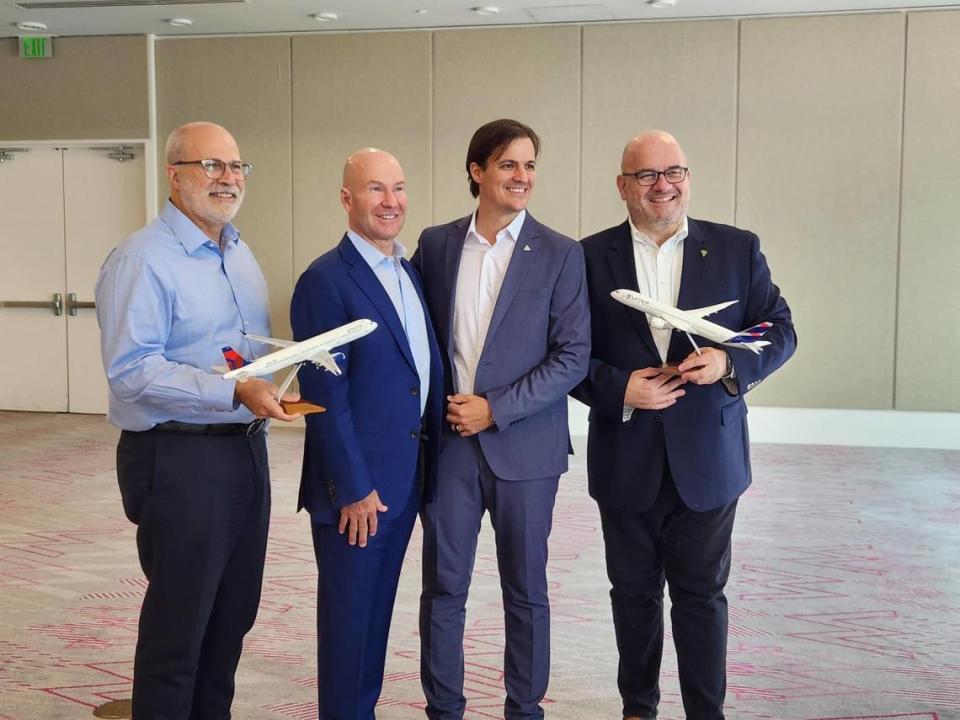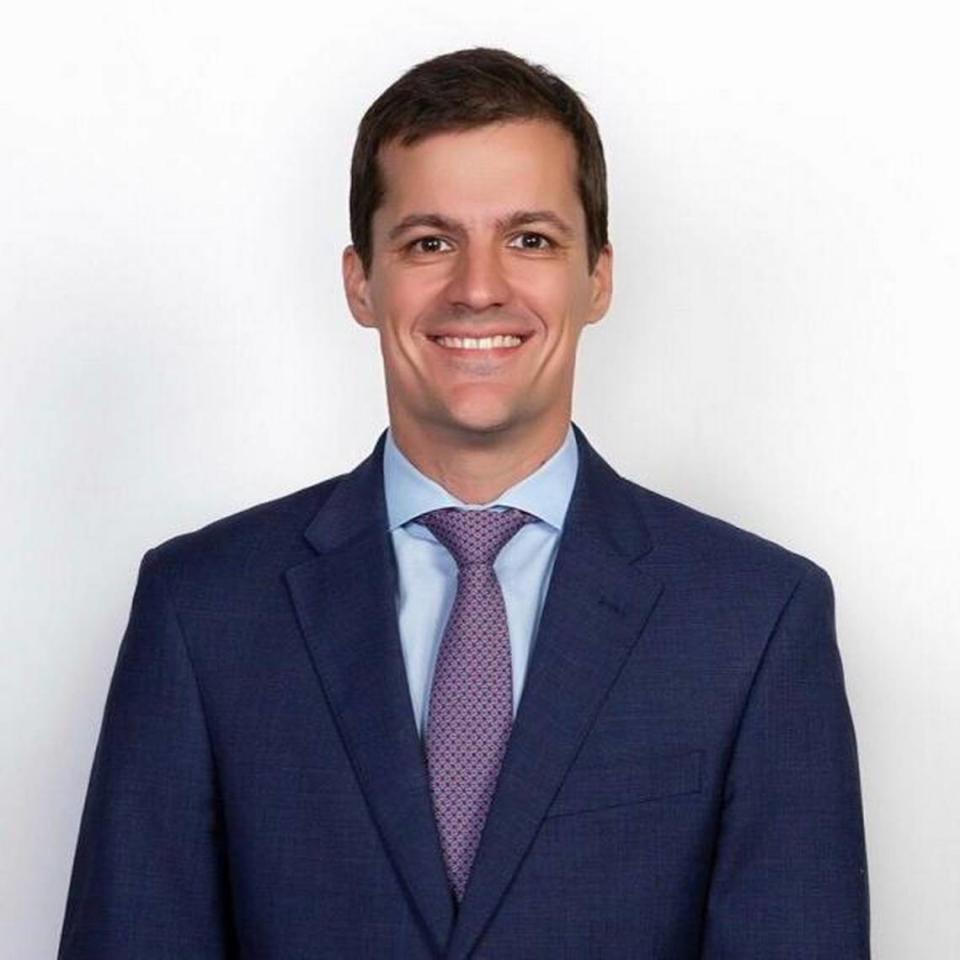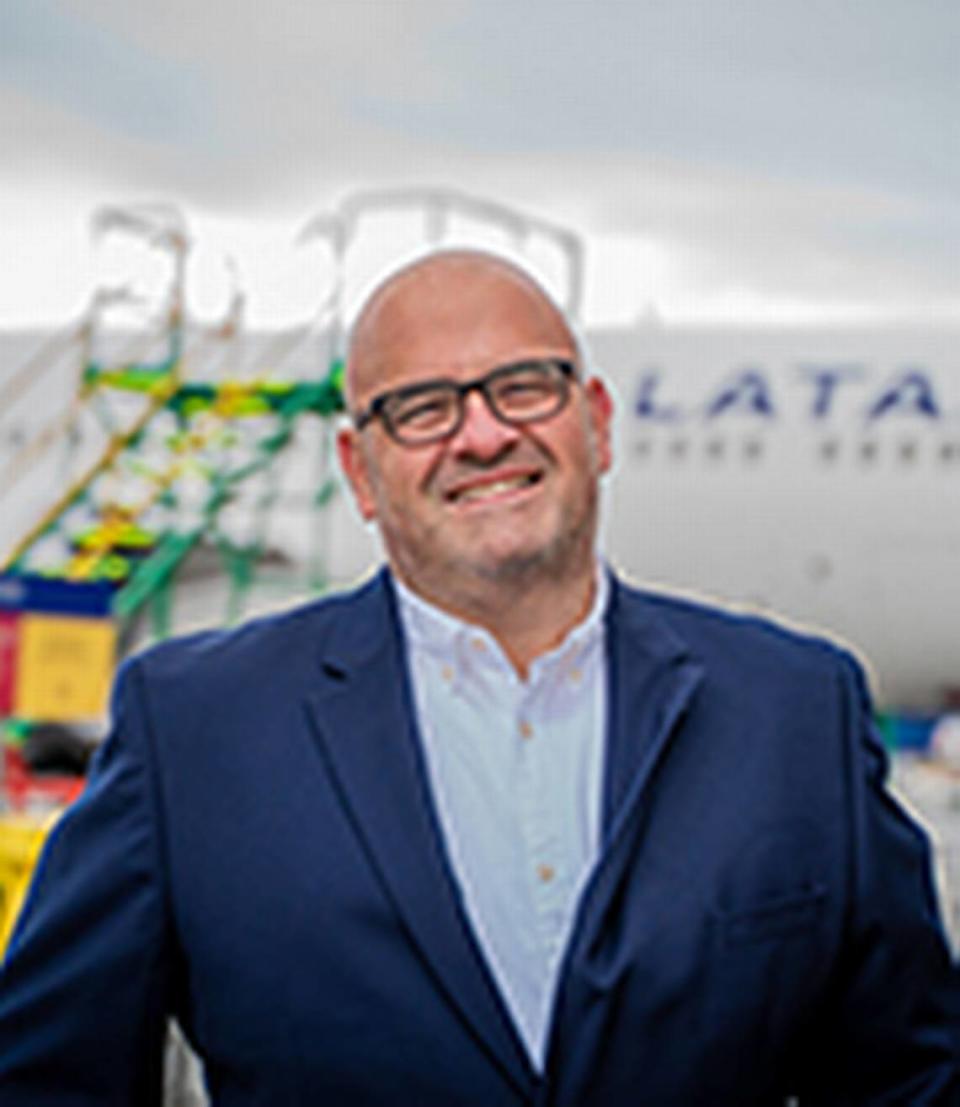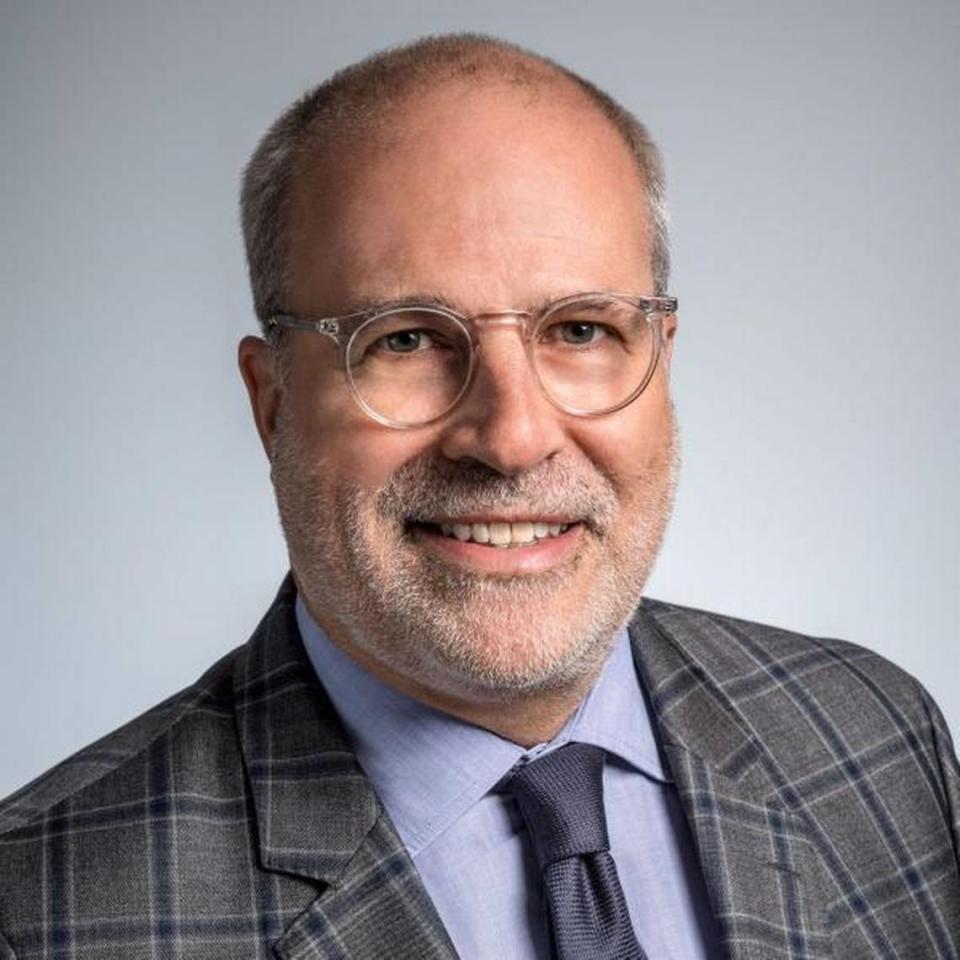Miami takes off with Delta, LATAM. Airline partners widen U.S., South American gateway
Nearly three years after Delta Air Lines struck a partnership with LATAM Airlines Group, Latin America’s largest airline, their joint plans to connect North America and South America are taking off. Miami has a front-row seat.
LATAM, formed in 2012 by the merger of Chile’s LAN airline and Brazil’s TAM carrier, is adding a new daily flight in October from Miami International Airport to Medellin, Colombia, and then expects to add more flights from the Magic City to South America in subsequent years.
Delta is adding people to its 500-employee Miami office, hiring ramp agents and betting big on the airport’s cargo capabilities. The airline has another 400 staff working at Fort Lauderdale-Hollywood International and Palm Beach International airports.
The Atlanta-based carrier — one of three biggest U.S. airlines — has also increased the number of flights departing from Miami to elsewhere in the United States, since last year’s regulatory approval of the LATAM partnership. There’s new service to Orlando, Boston, Ronald Reagan Washington National in D.C., Los Angeles, and Salt Lake City. All told, it’s an additional 30-plus daily flights to 11 destinations.
The partnership “is bringing new alternatives across all of the U.S. and South America,” said Alain Bellemare, Delta’s president of international service. “It is game-changing, especially for Miami.” Previously, Delta mainly served South America from Atlanta and John F. Kennedy International Airport in New York.
In 2019, Delta agreed to pay about $2 billion for a 20% stake in LATAM, which at the time was part of American Airlines’ Oneworld Alliance. Then the Covid-19 pandemic hit, grounding global travel. After LATAM filed for bankruptcy in 2020, the companies restructured terms. Delta eventually invested about $660 million for 10% equity.
In September 2022, the U.S. Department of Transportation approved the partnership. Last week, four Delta and LATAM executives visited Miami. A Miami Herald reporter talked to them on June 28 at the W Hotel in Brickell. Participating in the conversation were: Delta’s Bellemare; Martin St. George, chief commercial officer, LATAM Airlines Group; Perry Cantarutti, Delta’s senior vice president alliances and international; and Luciano Macagno, Delta’s managing director of Latin America, the Caribbean and South Florida.
The conversation was edited for clarity and brevity.
▪ Question: What drove Delta to this partnership?
▪ Delta’s Cantarutti:
Our flying before the joint venture to South America was adequate, it was marginally profitable, but it was a static network. And so, we didn’t see a lot of growth. We felt the South America market was growing, and without some different strategy we were not going to be able to participate in that growth.
South America is a higher growth market than the U.S. If you look at number of trips taken by citizen, it’s one-third of the U.S. So, it’s still a relatively immature market compared to wealthier countries. But we do expect to see very good growth for the next 20 years.
One area we see growing in general for international travel from the U.S. is high-end leisure travel. People who want to go further afield. They want special experiences. I think South America plays well into that. People have been to Europe and are looking for new horizons. That’s where LATAM and Delta really work well together.
▪ Q: Do you have enough pilots?
▪ Delta’s Bellemare:
We’re in good shape. We did a lot of hiring over the past 12 to 24 months and a lot of training. We opened a new pilot training facility in Salt Lake City.
▪ Q: Why is this partnership significant?
▪ LATAM’s St. George:
In the airline business, joint ventures are not incredibly common. It’s a hypercompetitive business. We’re all trained vigorously about antitrust issues. And the hurdle for approving a join venture is high. We got this partnership approved because there was not historically a lot of overlap between LATAM and Delta. We are connecting the biggest airline in South America that’s got a very small footprint in North America, with one of the biggest airlines in North America that among the big three has the smallest footprint in South America. We at LATAM now have access into Atlanta, which is the biggest hub in the entire world.
▪ Q: What does this partnership mean for MIA and South Florida?
▪ Bellemare:
Our power is in the corporate market and that demand is absolutely going to be growing here over time. We are going to increase our presence here.
▪ Delta’s Macagno:
We have a new office already within LATAM’s cargo headquarters, obviously completely isolated from that operation, but within that building. We opened that office two weeks ago. It is for passengers. These are mostly commercial jobs in sales and marketing.
▪ Q: Most of the new Delta routes announced are from Atlanta. Is there really that much demand in Atlanta for travel to South America?
▪ Bellemare:
Atlanta is the largest hub in the world. If you want to have connectivity, you go to Atlanta. We are going to focus on Miami because this is the gateway to South America, but we’re also going to focus on Atlanta because by flying into Atlanta, we basically connect the U.S. domestic market like nobody else can.
▪ Q: Could Atlanta become a competitor to Miami as a business city?
▪ Bellemare:
Over the past 20 years, the presence of the hub and the international presence of the hub has brought international business to Atlanta. For example, there’s a Hyundai factory. But I don’t think anything ever replaces Miami for South America.
▪ Q: Can you provide an update on your Miami to Havana flights?
▪ Macagno:
There are two flights per day. We plan to continue for the foreseeable future. We’re happy to have those flights in place. They’re operating smoothly. It’s not part of the scope of the joint venture, though.
▪ Q: And what about LATAM?
▪ St. George:
LATAM flew into Havana but stopped during the 2020 bankruptcy. We will start again later this year, from Lima. But we don’t expect to add anything in Miami.
▪ Q: Will LATAM resume flights into Caracas?
▪ St. George:
We just received the approval from the Venezuelan government to fly from our hub in Lima to Caracas. We’re not yet flying, but we are selling the service which could start in August or September. It’s important to note because of U.S. sanctions, we cannot sell tickets in the U.S. for these flights.
We also have approval from the Venezuelan government to fly from Bogota, but need the authorization from the Colombian government. We’re absolutely hopeful we’ll get approval.
▪ Q: Is LATAM planning to add other flights from Miami to South America?
▪ St. George:
Absolutely but there’s nothing to announce. One of the big issues we have is we are very short on airplanes right now due to supply chain issues going back to Covid’s effect on airplane manufacturers. So, we’re well behind on the planes that we thought we were going to have. But over the next five years, we plan to add and grow.
▪ Q: How important is cargo at Miami airport?
▪ St. George:
LATAM’s biggest cargo market is Miami. We have about 500 to 600 employees at the airport running operations. By the end of the year, we’ll have a fleet of 20 air freighters. None are currently based in Miami, but they all transit Miami regularly. Miami is a growth market.
We don’t have antitrust approval yet to work in cargo with as much breadth as we would like. We’re waiting for U.S. government to approve. Cargo is an important part of the partnership.
▪ Q: What kind of cargo?
▪ St. George:
Inbound traffic is dominated by perishables. We have a continual flow from Colombia and Ecuador of flowers that peaks dramatically for Mother’s Day. We have other perishables from South America like salmon, grapes, seafood, asparagus, and berries; stuff you can’t ship by sea.
The beauty of Miami is from a road access perspective. It’s one-day access to a big chunk of the key markets in the U.S. It really has become a market that’s seen as a focal point for shipping perishables into the U.S. The salmon you can fish yesterday and eat tonight. It’s got fantastic facilities in terms of refrigeration. We’ve made very big investments. It’s also very profitable.





